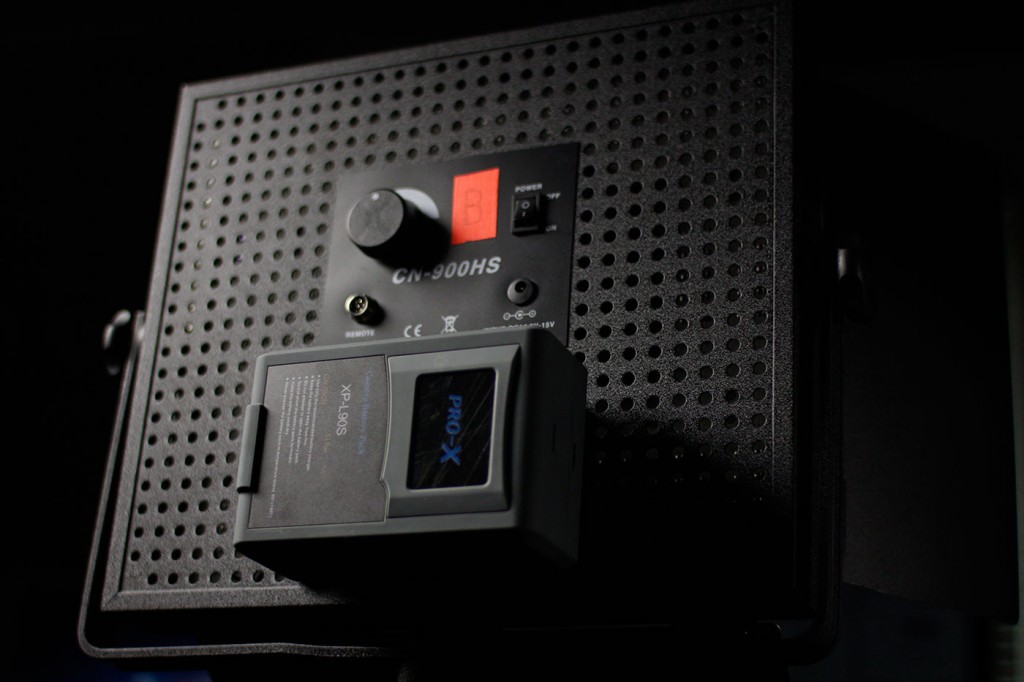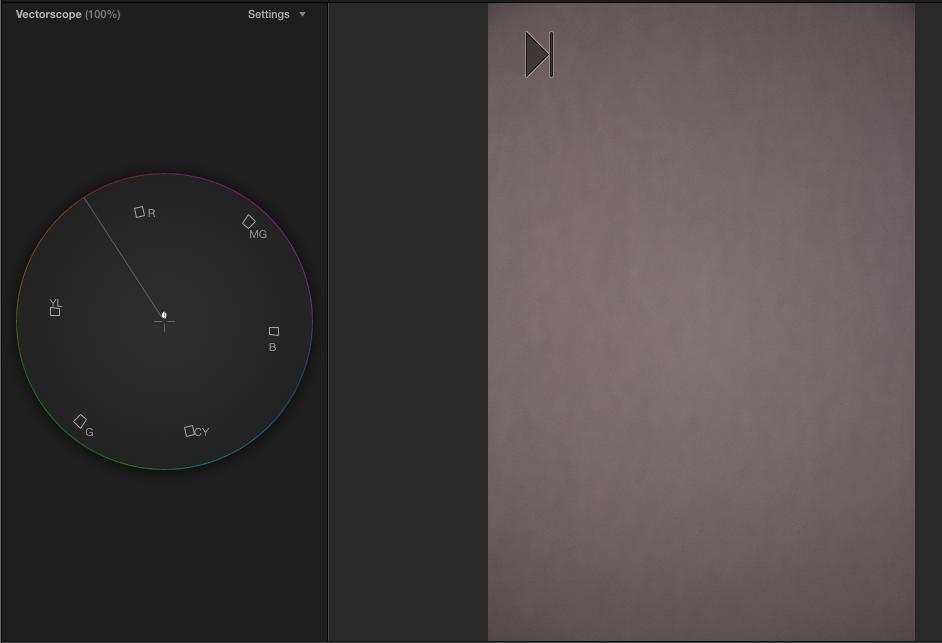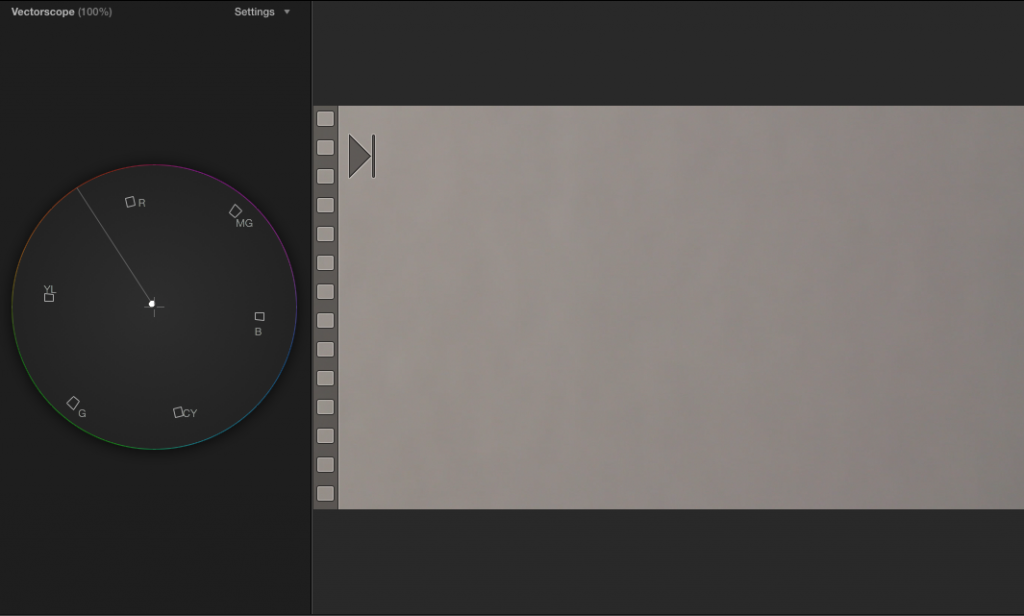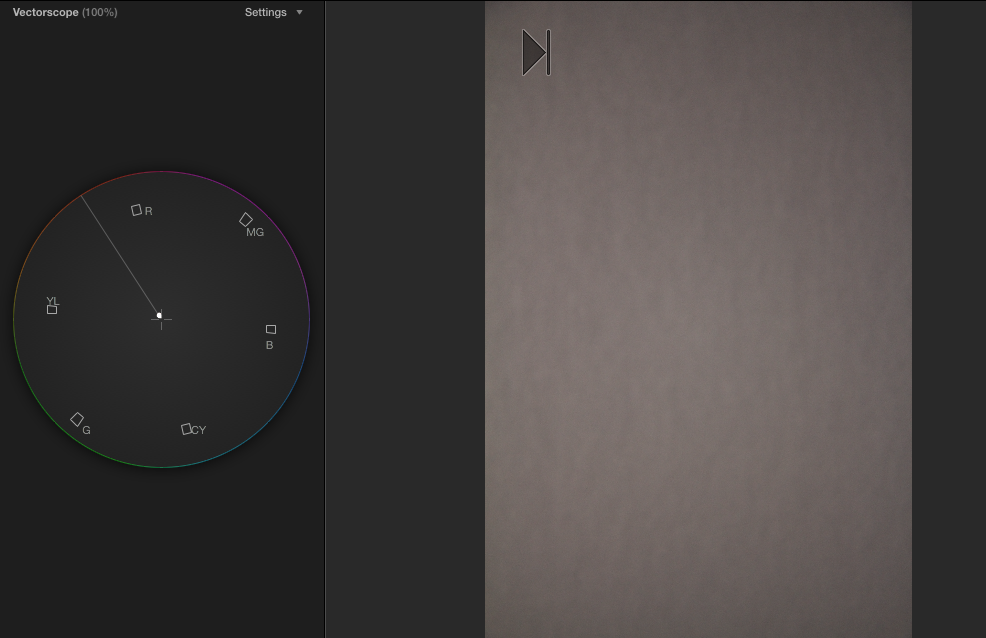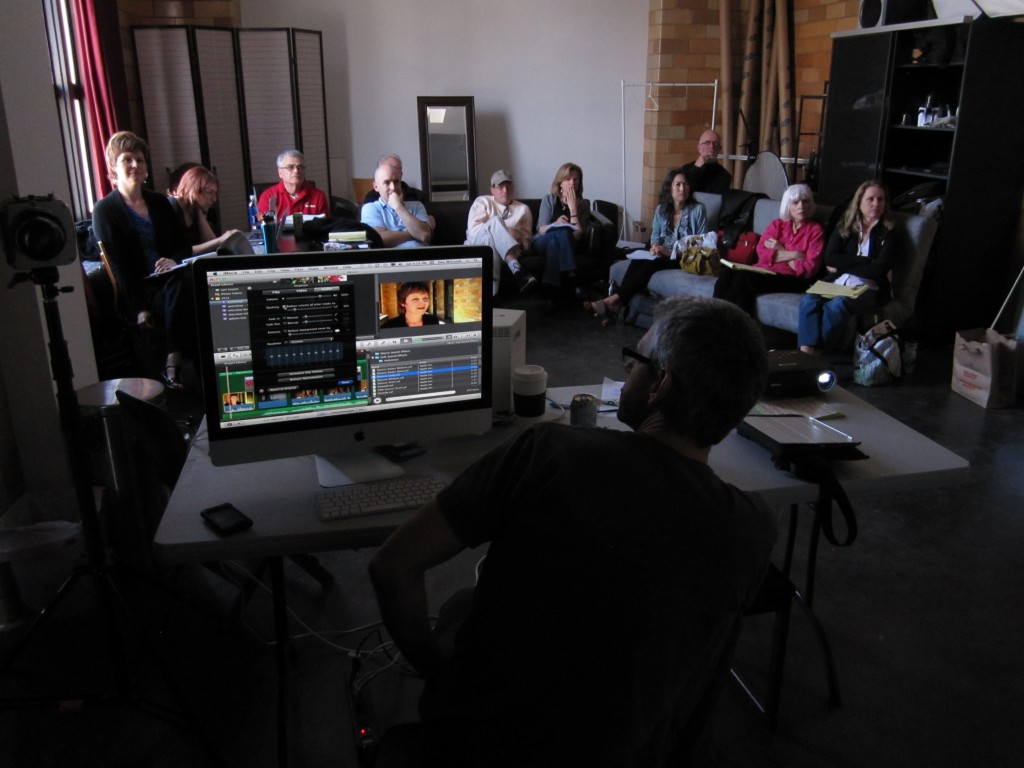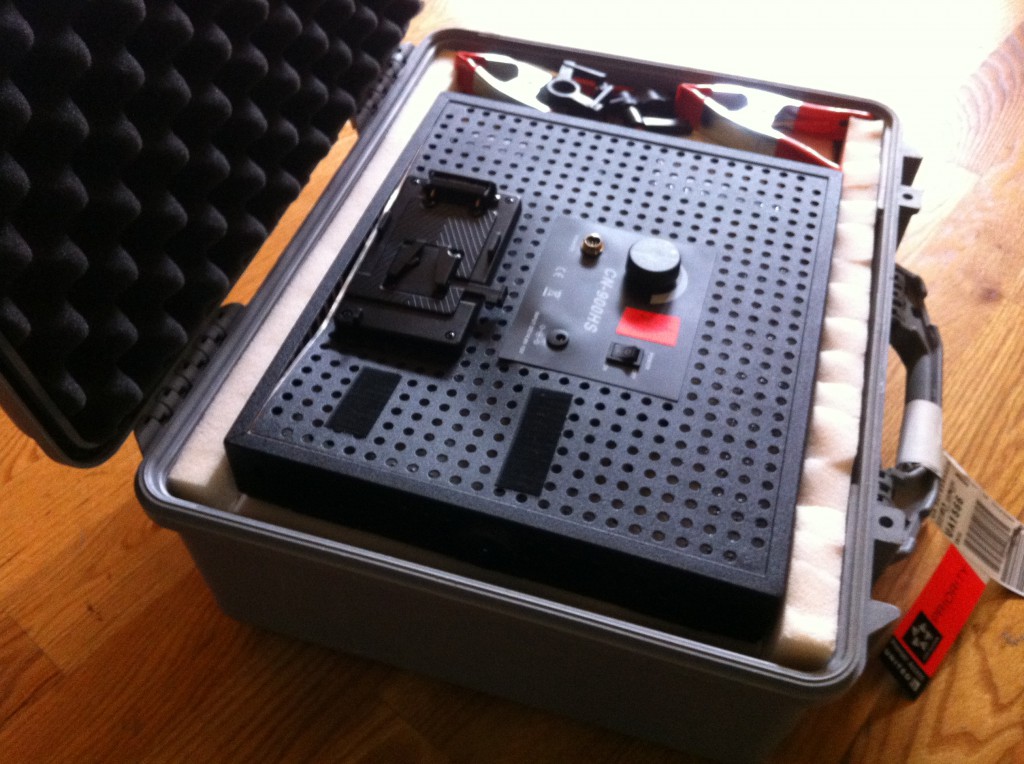Today I will sing the joys of using an untethered LED light.
On my recent trip to Alaska, I wasn’t sure I’d have power everywhere I went. So I rented a v-mount battery and packed it along. The CN-900 conveniently includes a v-mount plate. I’ve posted previously about using a more affordable Tekkeon battery with the CN-900, but I’ve found I can get only about 20 minutes of full-power lighting out of the Tekkeon. For this trip I needed more than that, hence, the v-mount.
How’d it do? Well, I used it three times during the trip to shoot interviews that lasted on average 45 minutes each. And I never had to recharge the battery once.
Granted, I only once used the light at full power (I was using it as fill on two of the three occasions), but it was an awesome thing to just grab the light, and stand, and the battery, and be shooting with powered light moments later, both indoors and out.
I was so impressed that, back home, I immediately placed an order for a Switronix v-mount battery kit (includes charger), which happened to have a $150 rebate, bringing the total purchase to $279.95. (Switronix and B&H appear to be running the rebate semi-permanently; today it’s listed as running through June 30; when I placed my order it was April 30).
Frankly I think these batteries are overpriced, like so many of the products built for the film and TV industry. But having experienced the freedom of using one, I will say it’s worth the price if you can afford it. You can also use these batteries to power other devices, such as my Canon 60D during an all-night timelapse. That is, with this adapter which, incidentally, will set you back another $150. It feels like getting robbed to pay $150 bucks for a simple adapter. If you know of a more affordable alternative, please let me know.
Since I’ve taken delivery of my new battery, I’ve run some tests. And I’ve discovered that it will power the CN-900 for 65 minutes at full power, without any drop in brightness. After that, it’ll keep going for about half an hour, but the brightness begins to fall off, imperceptibly at first, then dramatically.
Together, the whole thing (light and battery) weighs 7.8 pounds. There are smaller and lighter v-mount batteries than the Switronix. But the Switronix was the most affordable I could find.
Now, if I could just find a padded pack that is at least 16.5 inches per side, I’d have a great way to carry the light, the battery, and a light stand. So the hunt is on. I’ll let you know what I find.
UPDATE: I’ve found three possible solutions on the market for packing these panels. All are specifically designed for 1×1 LitePanels, which are slightly smaller than the CN-900s (which measure 16.5 x 15.5 with yoke attached). Note, I haven’t listed any of the PortaBrace products for LitePanels, because all of them are sized too small to fit the CN-900. But any of the following three should be good:
Petrol Liteporter – $157.95
CamRade LP-Bag litepanel bag – $219
CamRade LP-Backpack for litepanels – $284.50
